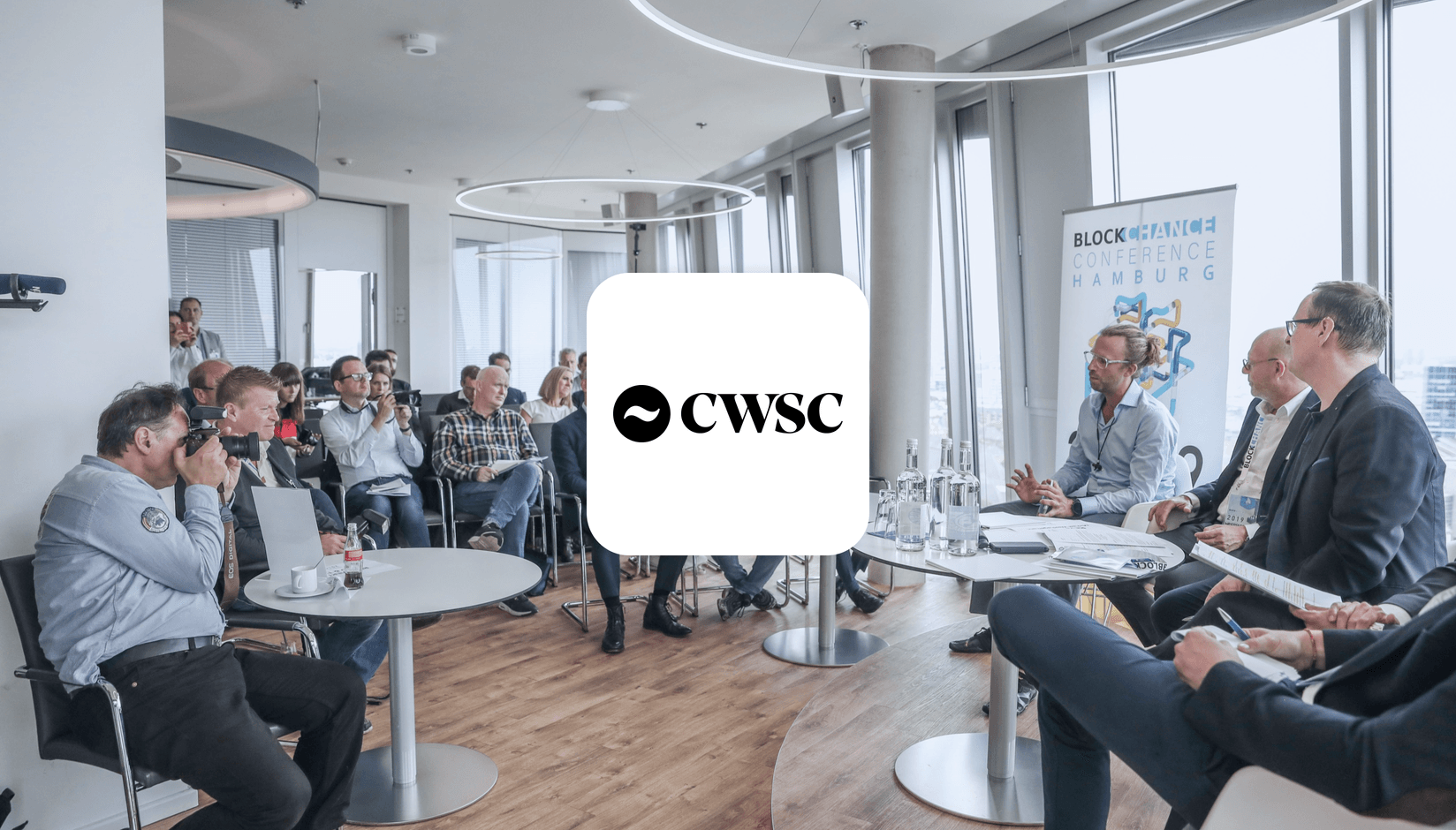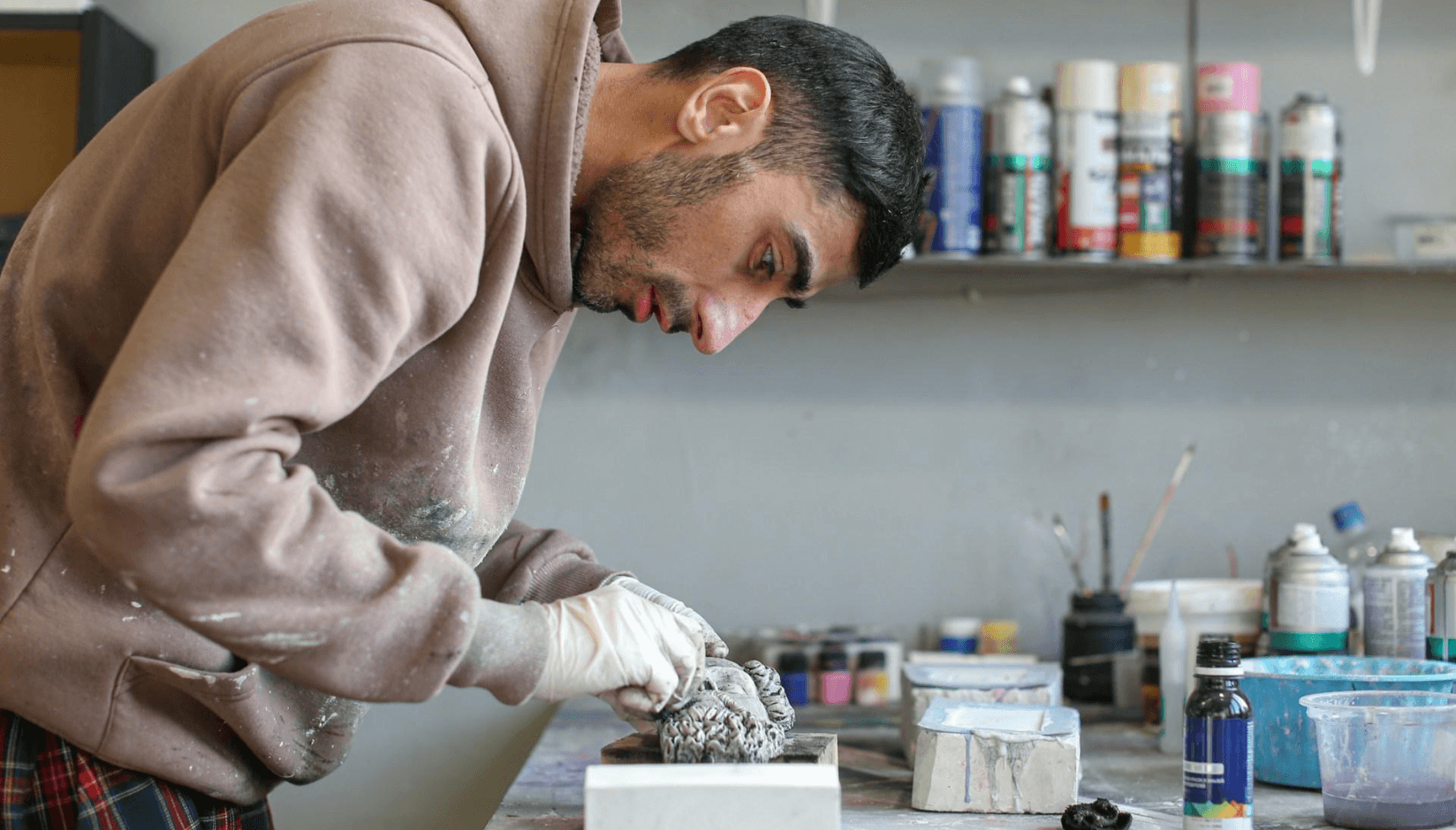- Features
- Solutions
- Pricing
- Resources
- Contact
- Book a demo

Table of Contents
- The Shopping Mall Inspiration: Creating the "Third Place"
- Facing the Home Office Challenge: Reinventing the Workspace
- Cultural Shift: Prioritizing Workplace Atmosphere
- From Coworking Spaces to Corporate Culture: The Rise of Community Management
- Toward a Better Society: The Evolutionary Path of Workplaces
In the last 200 years, the office has transitioned from a place of concentrated paperwork (clerks in the 19th century) to a production facility for standardized tasks (Taylorism in the beginning of the 20th century) to a space used for creativity and interaction - in the 21st century.
Until a couple of years ago, the office was the place where “work took place". With small exceptions, white-collar workers usually worked from offices. The Covid crisis radically changed this paradigm and has left employees and employers puzzled. Work-from-home, work-from-anywhere and hybrid models brought the standard workplace concept under a lot of pressure. From “zero headquarters” policies to “headquarters as a hub,” a lot of concepts are being experimented with, having mixed results. Employees still want to use their gained freedom and not return to the office and employers still prefer for everybody to come back.
So, what is the key to bringing people back to work, interacting and socializing at the workplace, thus becoming more productive and efficient?
One of the answers might lie in a familiar recipe from the retail industry. For many years Shopping Mall operators and owners worked hard to transform their centers into a "third place".
The Shopping Mall Inspiration: Creating the "Third Place"

The concept, introduced by Ray Oldenburg in 1989 in his book "The Great Good Place", imagined how local shops, hairdressers, bookstores, and bars can become the center of modern communities and help people connect, spend time together, and have fun. The large and dense cities and suburbs were too large a community to be accommodated in small corner shops. This is when shopping centers started to fight to become the centers of their everyday life and be much more than a place to tick off the shopping list. They did that by adding food, services, and entertainment into the traditional mix, resulting in shoppers spending more time (and money) in these centers. Nowadays, we cannot imagine a good mall without cafés, an extensive food court, a cinema, and other entertainment opportunities. Shopping centers started to have a soul and a personality that would differentiate them from the competition.
The "third place" recipe was also used to compete with central pedestrian areas (malls are weather-safe) and also fight the effects of online shopping that was threatening brick-and-mortar shops. By offering shopping experiences and becoming places for young crowds to gather and socialize, the shopping centers became desirable local or regional destinations.
Facing the Home Office Challenge: Reinventing the Workspace
Offices have now a similar challenge as the shopping centers had at the beginning of the 21st century. They lost their "second place" and must fight to stay relevant by competing against the home office.
Since the remains of the standardized office – large, noisy, soulless open spaces - still dominate the office landscape, it is understandable that returning to the office "battery cages" is not an option for most of the employees who now have a choice.
The city development concepts of concentrated office buildings in the so-called "business districts" lead to long and stressful commuting times for people not living close to their offices. Business districts often lack atmosphere, are deserted in the evenings, and offer no opportunities for leisure and entertainment. Leaving the cozy home for the glass and concrete desert is not an attractive option either.
Cultural Shift: Prioritizing Workplace Atmosphere
Rigid working hours and stiff company policies are not acceptable anymore. A large majority of employees (77%) consider a company's culture before applying for a job, and also a high percentage (65%) of employees say their company's culture is one of the main reasons for staying in their job according to a multi-country survey.
It also became known that happy employees are healthier, more creative and productive, and better at collaborating. Also, a fun workplace will help attract more top talent to the organization. Compared to the high cost of personnel in general and especially to the high cost of replacing employees, the cost of making the office more attractive could be quite reasonable.
From Coworking Spaces to Corporate Culture: The Rise of Community Management
So, coming back to the third-place concept and the formula of adding food, entertainment, and services could make the office much more appealing.
Hospitality in the office has been a recipe developed firstly by coworking spaces. The Community Manager was in charge of the well-being of its people, organizing interesting events, parties, and wine tastings. Free beer in the evenings, unthinkable in a rigid office model, kept people connected and entertained. Companies using coworking spaces were surprised by the positive effect a vibrant community had on their retention rates and employee satisfaction.
The role of the community and the people-centered approach slowly reached the larger corporations as the position of the "Chief Happiness Officer" appeared at Google, Amazon & Co. The office today is about becoming more than a workplace - a cool place and, finally, a great place!
Toward a Better Society: The Evolutionary Path of Workplaces
From the ugly coffee and water dispensers and the cheap canteen to specialty coffee and barista days, to life-enhancing workshops and training, healthy gourmet food, and concierge services, the transition to the new third place takes effort and time but will eventually lead to a better, more evolved society.
Companies must change their focus from seeing the office as a cost center to investing in their competitive advantage.
The article was written by Tudor Popp. Tudor, with 20 years of real estate experience in Austria, Germany, and Romania, is the founder of REC Immpuls, specializing in commercial buildings and office consultancy. In 2013, he authored the "Office Relocation Guide." In 2019, he launched Hotspot, providing coworking spaces emphasizing flexibility, design, and sustainability. The first Hotspot, opened in 2020, became Romania's first WELL health-safety and BREEAM excellent certified office. The 2022 location earned a spot among Architizer's top 5 coworking spaces globally. Tudor champions the evolving work landscape, believing that Flex is the new Black.




